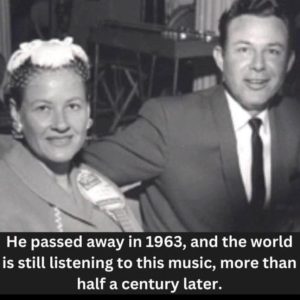When Patricia’s husband, Michael, died unexpectedly after 27 years of marriage, she believed grief was the deepest pain she would endure. The suddenness of his death in a car accident left her numb, her world collapsing around her. She vividly recalls the phone call from the officer, the moment the news hit, and the surreal haze of the funeral, where condolences felt hollow and the support of friends and family could not fill the emptiness. Her three children—Mia, Ben, and Oliver—grieved alongside her, each in their own way, and Patricia tried to hold herself together for their sake, believing that the worst had passed. The initial shock of losing Michael was overwhelming, but nothing could have prepared her for the legal and emotional ordeal that followed, one that would challenge the very foundations of her life and identity.
The next shock came during a meeting with Michael’s lawyer, where Patricia discovered that, legally, her marriage did not exist. Despite 27 years together, shared accounts, and a family, no marriage certificate was on file, and without a will naming her as beneficiary, she had no legal claim to his estate. The lawyer explained that, in the eyes of the law, she was merely a cohabiting partner, and the estate would pass to Michael’s relatives. Patricia was blindsided and terrified, facing the imminent loss of her home and security for herself and her children. The revelation felt like a betrayal, compounding her grief with confusion and anger. Her routines—work, childcare, household tasks—became acts of survival, while anxiety and fear of displacement dominated her waking and sleeping hours. Even her children, sensing the precarity of their future, began quietly adjusting their dreams and plans, adding another layer of heartbreak.
Patricia’s life seemed poised to unravel completely until an unexpected visitor appeared: a woman from the county clerk’s office named Sarah, who brought critical, previously undisclosed information. Sarah revealed that Michael had intentionally avoided filing a marriage certificate but had established comprehensive legal protections for Patricia and their children. Through trusts, beneficiary designations, and life insurance policies, he ensured that Patricia had lifetime residence rights to the house, the children’s college funds were secured, and the family would remain financially protected. Every aspect of Michael’s estate had been planned to bypass probate and safeguard his loved ones, a meticulous effort designed to shield them from potential creditors and legal complications. The shock of learning she was actually protected transformed Patricia’s panic into relief, and she began to slowly understand Michael’s foresight and love, even after his death.
Reading the letters Michael left for her and their children revealed the depth of his care and planning. Michael explained why he had bypassed a traditional marriage certificate, emphasizing that his choices were motivated by a desire to protect them rather than disregard them. He wrote with tenderness and thoughtfulness, acknowledging the pain his secrecy might cause while clarifying that every decision was intended to secure their future. Patricia and the children were beneficiaries of carefully structured financial arrangements, and the letters conveyed his pride, love, and reassurance. Through these documents, Patricia realized that Michael’s love was not defined by paperwork or public recognition but by deliberate action and unwavering responsibility. He had, in his own way, provided a safety net and peace of mind for the family, ensuring that they would not have to face financial or legal uncertainty in addition to grief.
In the end, Patricia reconciled her anger and confusion with the profound understanding of Michael’s intentions. She recognized that the essence of their marriage transcended legal formalities: it was built on shared life, trust, and the quiet, deliberate work of safeguarding one another. Though grief remained and she sometimes felt his absence acutely, Patricia found solace in the security he had left behind, the stability of their home, and the preserved dreams of their children. Michael’s foresight allowed her to navigate widowhood with a sense of protection and love that went beyond a marriage certificate. Patricia learned that love can manifest in unexpected ways—through thoughtful planning, selflessness, and the certainty of being chosen and cherished. The story closes with her acknowledgment that their marriage was always valid where it mattered most: in the lived experience of family, care, and devotion.





